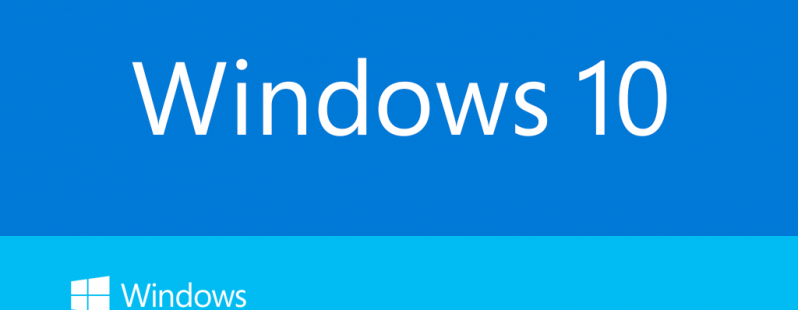How Windows ate Windows 9 so now it’s Windows 10
Going back to the play that if one is good two will be better, Microsoft skipped an entire release cycle announcing Windows 10 today. Given the conventional wisdom that Windows 8 was the worst thing since Vista – or maybe Windows ME – the faster Redmond could distance itself from its creation the better. The preview – while nothing unexpected – shows that the new regime is at least listening to their customers and focusing on usability to a very high degree. That’s all to the good. Regardless of what the technology talking heads may think about Windows and Microsoft, the world doesn’t run on cool – it does run on Windows (and Excel but that’s another post). IT professionals across the globe are tasked with managing, maintaining, deploying and securing Windows to billions of users. This is no small feat and certainly explains the continued popularity of Windows XP and various other flavors that are still very much alive – no matter how hard Microsoft tries to kill them.
The issue remains that workers consume Windows services very differently today than when it was first released back in the early 90’s. It’s a multi-polar world with work created on Windows PCs, Macs, and consumed on tablets and phones in addition to computers. The common denominator between iOS, Android, & Mac OS, is – Windows. Moreover the combination of mobility and cloud have essentially turned IT into a giant service delivery provider – integrating and delivering multiple enterprise services into a usable workspace and then delivering it to users across a variety of locations, network types, and clients.
Microsoft has not spent a significant amount of time working on this problem – in fact SCCM and their other endpoint management tools are vastly more effective when users are in a fixed location over predictable network speeds. The VDI folks claim that they’ve got the solution – but we know differently, cursing those flickering screens in our hotel rooms, lobbies, and home networks. VDI simply doesn’t work in unpredictable network environments. Even IT folks themselves aren’t particularly happy with client-side VDI – given the number of projects that have been abandoned or outright failed over the last few years. Moka5 has a very different approach to dealing with Windows – one ideally suited for today’s IT landscape.
Simply put Moka5 manages, secures, and delivers Windows workspaces better than any other solution in the industry. Our simply elegant container architecture scales better than any VDI solution, provides better data protection and delivers true continuity across user devices. Just look at our pedigree - Moka5 was the first to patent the locally executing centrally managed PC container. We were the first to deliver cross platform support with iOS/Mac support. We were the first to build a fully layered security model and the only vendor to deliver user initiated rejuvenation in the event of a workspace failure. We deliver well over 130+ security policies enabling a multitude of compliance initiatives. We incorporate built-in scanners and malware detectors to further insulate sensitive data from unwanted intrusion, leakage, or an untrustworthy host.
Moreover, Moka5 delivers the critical support that Windows administrators need to manage and secure their desktops – no matter where they are located, who owns the device, and what network they’re using. We provide true one-to-many management for Windows techs. That means they can update their master image and the changes automatically propagate down to the entire user estate making patches and updates incredibly simple to apply. Finally, Moka5 lets IT migrate Windows versions when they want to – not when it’s convenient for Microsoft. Many of our customers run multiple flavors of Windows in individual containers on a single desktop so users can access apps in XP, Windows 7, and Windows 8 (and btw we’ve run the Windows 10 release in our labs just fine!). This has not only proven extremely cost-effective, but has helped keep costs low and user productivity high. In short, if you are running any version of Windows today in your enterprise, you owe it to yourself to see how Moka5 can help you run it better.
For more information, please go to www.moka5.com and type into our chat window – one of our helpful Moka5ers is there live to answer your questions!
